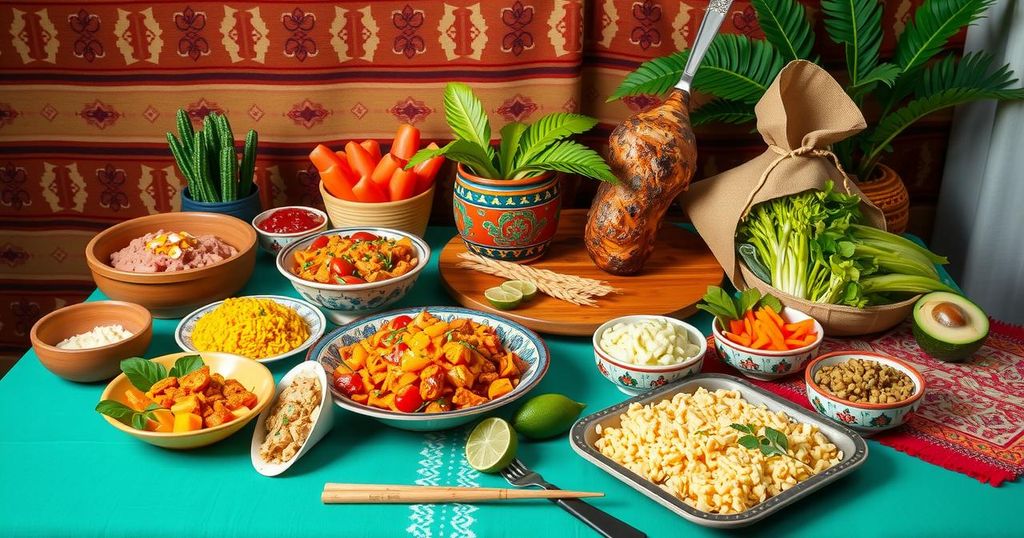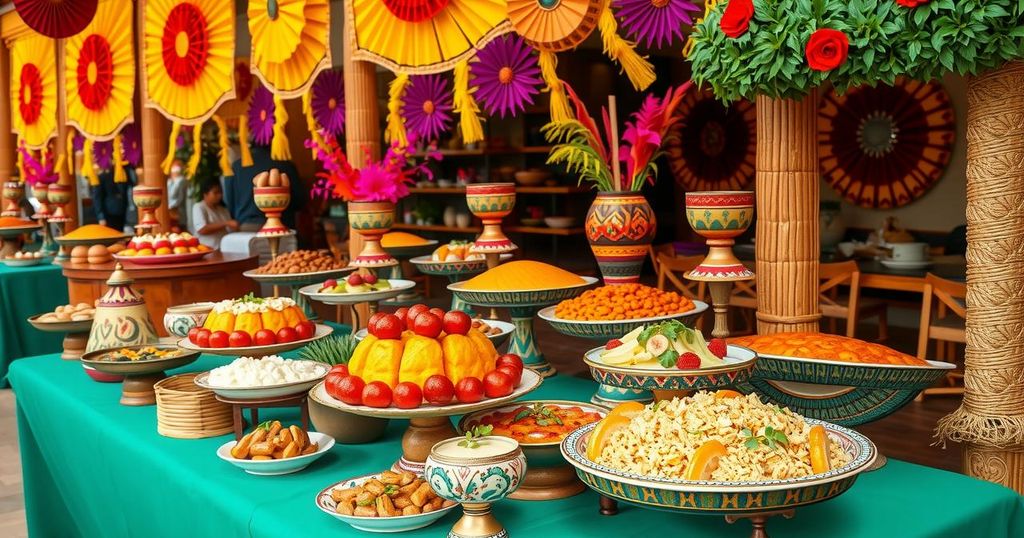The Rich Heritage of Chorizo in Toluca, México State
Toluca, in México state, is famous for its distinctive chorizo, a sausage with a production history dating back over 500 years to the Spanish colonization. The local chorizo differs from its Spanish counterpart through the use of corn-fed pigs and various peppers. Chorizo rojo and verde are the two primary varieties, reflecting regional culinary traditions, while the annual Expo Chorizo celebrates this heritage.
The state of México, particularly its capital Toluca, is renowned for its chorizo, a sausage with a history spanning over 500 years. This tradition began in the early 16th century during the Spanish colonization when Hernán Cortés introduced various livestock to the region, fostering the birth of chorizo production in Valle de Toluca. Cortés meticulously managed his pigs, ensuring the quality essential for this culinary landmark.
The differences between Spanish and Mexican chorizo are notable, particularly in their ingredients. While Spanish chorizo utilized pork and fat in a natural casing, Mexican chorizo became distinguished by its use of corn-fed pigs, which improved flavor. The incorporation of local chile peppers, such as ancho and chipotle, further diverged the two styles, ensuring that Mexican chorizos boast unique flavors compared to their Spanish counterparts.
By the end of the 16th century, Toluca had established itself as the preeminent center for chorizo production in Mexico, alongside other pork products like chicharrón and longaniza. A historic event in 1713 highlighted this prominence, when chorizo toluqueño was featured at a grand gastronomic celebration in Mexico City. Chorizo is primarily classified into rojo and verde varieties, with the latter being a recent innovation from the 1970s.
Chorizo rojo is made from minced pork combined with a spice paste consisting of ingredients like garlic, vinegar, and various peppers. With an 80:20 ratio of pork to fat, this sausage is typically air-dried and must be cooked before consumption. In contrast, chorizo verde, unique to México state, derives its green color from tomatillos and herbs, reflecting a modern twist on this culinary staple.
Another related sausage, longaniza, shares origins with chorizo but differs substantially in appearance and preparation. Longaniza is longer and typically less expensive, while its verde versions exist but are less common. Chorizo transcends regional boundaries, commonly found throughout Mexico as an ingredient in breakfast dishes, tacos, and stews, among others.
A quintessential dish featuring chorizo is the pambazo de chorizo con papas, a sandwich that highlights the region’s flavor. The annual Expo Chorizo further celebrates this culinary gem, with the next event scheduled for July 19–20, 2025. The legacy of chorizo is not only a significant cultural aspect of Toluca but also distinctly marks its culinary landscape, unmatched in quality across Mexico and Spain.
The chorizo of Toluca represents a deep-rooted culinary tradition within Mexico state, highlighted by its historical significance and unique flavor profile. From its origins linked to Hernán Cortés to its evolution into the beloved dishes of today, chorizo, particularly the varieties of rojo and verde, exemplifies the region’s agricultural and gastronomic heritage. Events such as Expo Chorizo further enrich the cultural legacy that these sausages carry.
Original Source: mexiconewsdaily.com



Post Comment